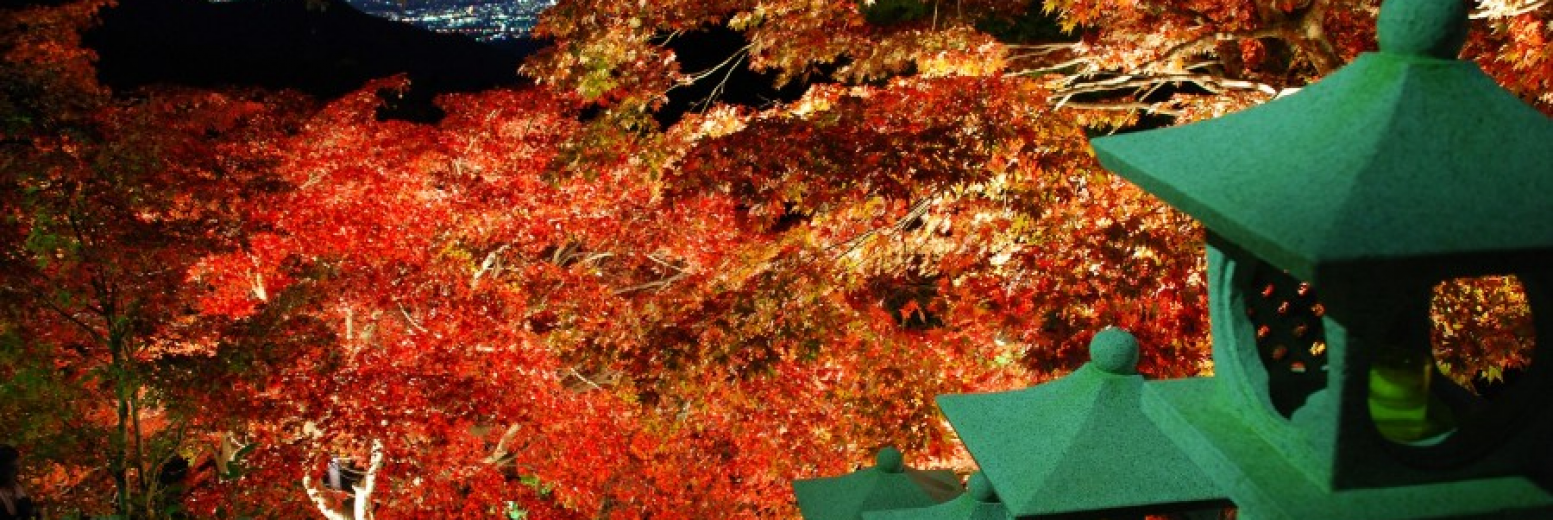
Autumn in Kanagawa
Relive an autumn colored by brilliant trees. For a long time, the Japanese people have come to admire autumn's beauty. “Maple leaf hunting” (Momiji-gari)...
MoreWith enchanting activities in every season, Kanagawa is a wonderful destination year-round! Find out more about the differences between Japan’s seasons and when may be the best time for you and your trip to Kanagawa.
Find out how the temperatures and climate vary each season in Japan.
Compare the average temperature in Kanagawa each month, alongside expected weather conditions throughout the year.


Relive an autumn colored by brilliant trees. For a long time, the Japanese people have come to admire autumn's beauty. “Maple leaf hunting” (Momiji-gari)...
More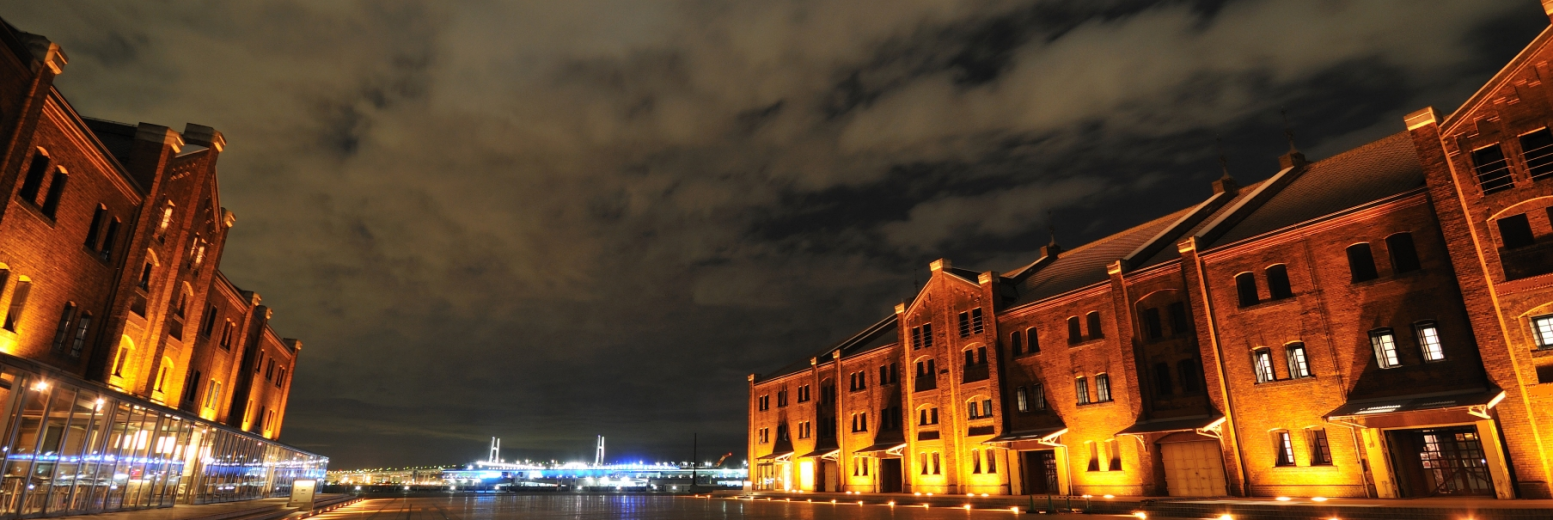
With the arrival of a cold winter, the city is filled with warm lights and colorful decorations. In Kanagawa, you can enjoy various illuminations such...
More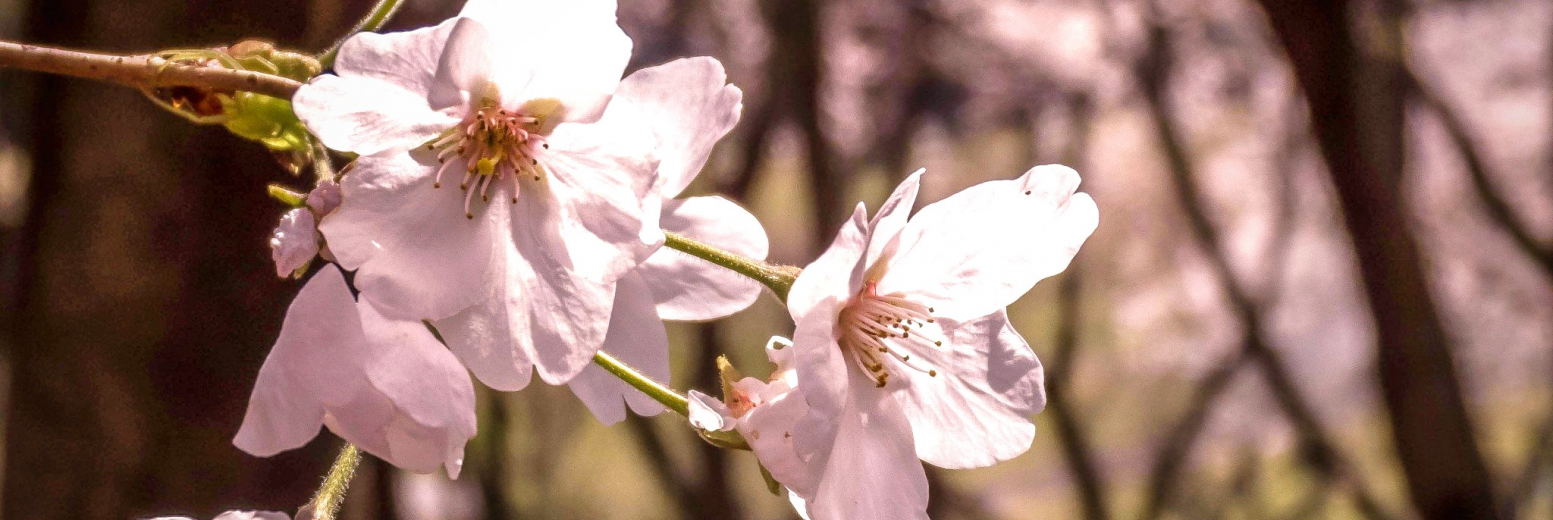
There are many places to enjoy the cherry blossom in Kanagawa prefecture. With popular spots, model courses showcasing the cherry blossoms, and other...
More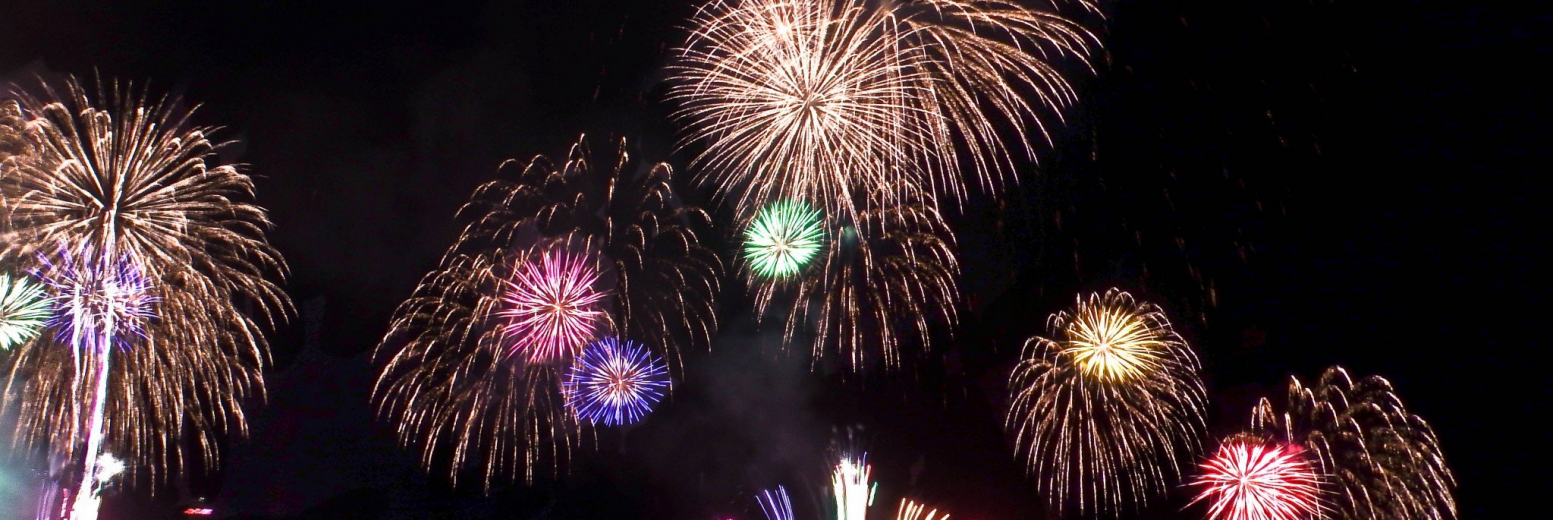
Summer in Japan is synonymous with festivals, events and fireworks. Take a stroll and enjoy the friendly atmosphere while taking your fill of the festival...
MoreTogether with our seasonal tips you can find on each Kanagawa season page above, please follow our safety notices below when it comes to more severe and unpredictable climate or weather events.
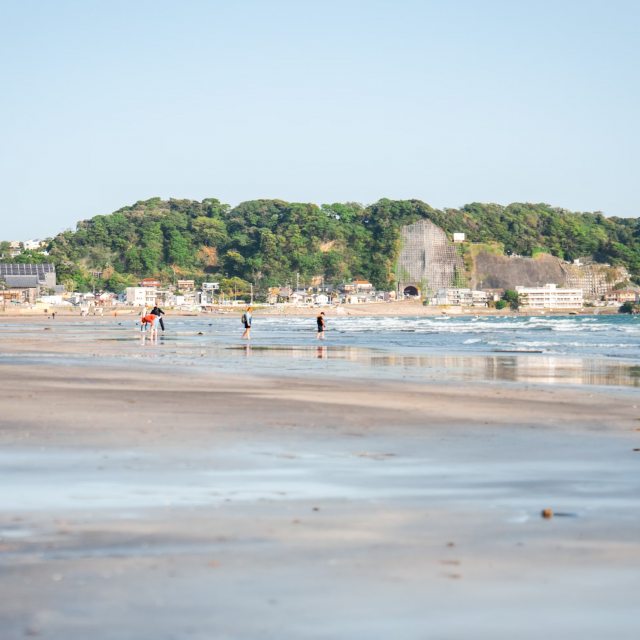
As well as staying hydrated and taking regular breaks during the hot summer, make sure to monitor the weather news in case of a heatwave or heat advisory.
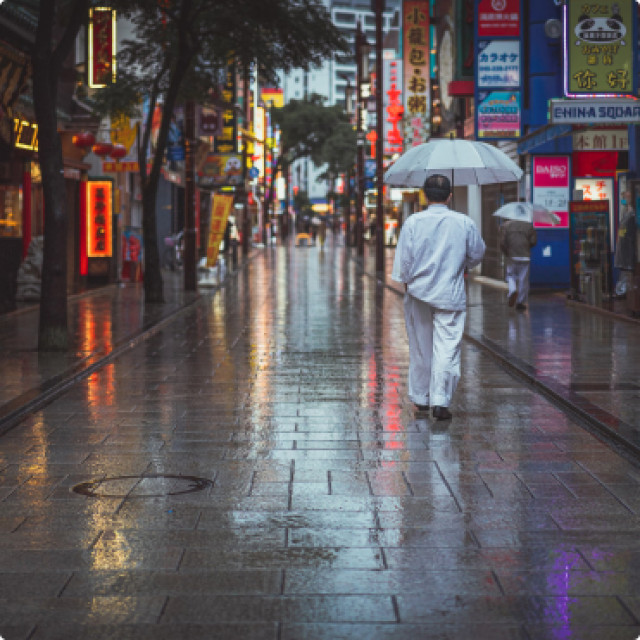
Japan can see torrential rain during the typhoon season which considered to run from July until October, but peaks in August and September.
More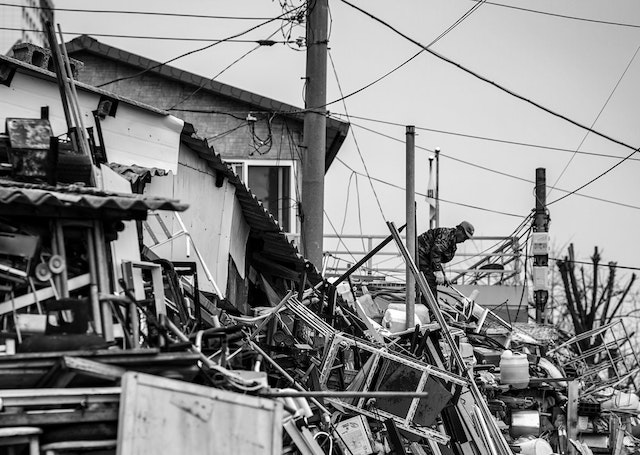
Japan sees a high frequency of earthquakes compared to the rest of the world, so it helps to know what to expect and what to do should you experience one
More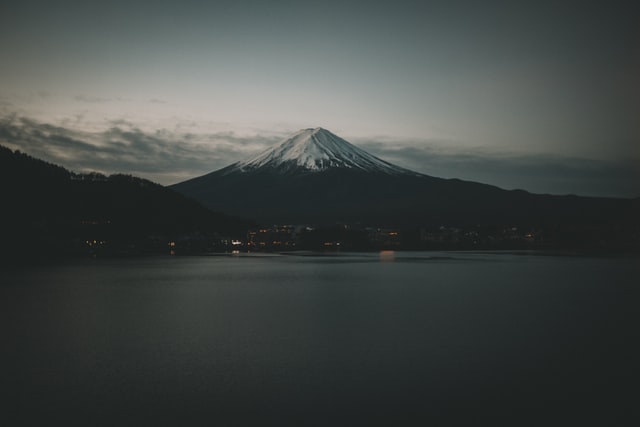
Japan is known for its abundance of volcanoes — like with earthquakes, this is due to its location near several tectonic plate borders creating subduction zones.
More